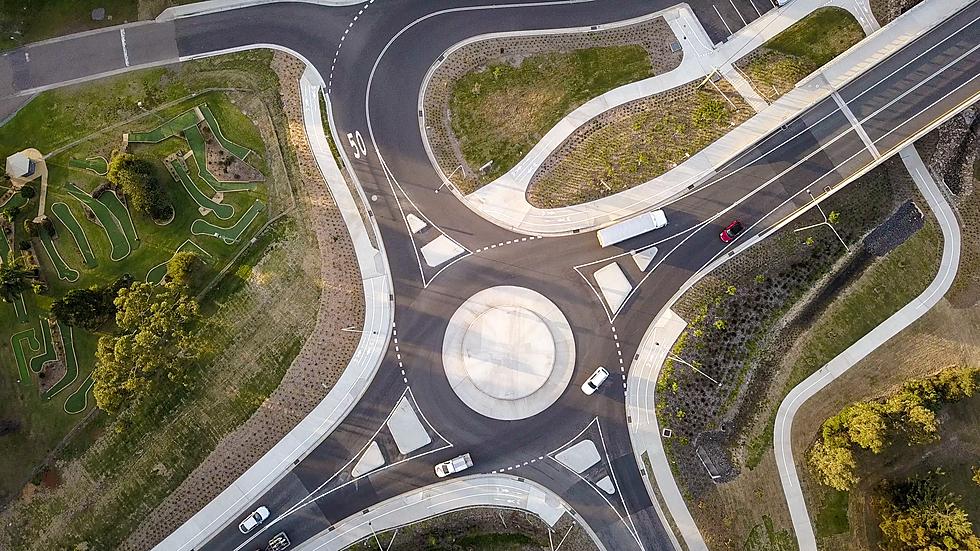
A Roundabout Way to Look at the Traffic Circles That Are on the Rise in Sioux Falls
As populations in urban areas grow, as do the need for efficient ways to manage that growth. In Sioux Falls, we’ve seen a jump in population of late, with the city boasting a total number of residents now over 200,000.
Roundabouts, as opposed to traditional traffic lights, are a more efficient and cost-effective part of transportation infrastructure that are sure to become more common in the future in our neck of the woods.

Generally, it’s hard to find someone that doesn’t have a strong opinion on the subject. With another major roundabout project on the docket in Sioux Falls, it’s time to get familiar with the origins, efficiency, and safety advantages of these alternative traffic intersections.
While the idea of circular traffic intersections dates back to the late 1700s, the modern roundabout for automobile traffic is believed to have made its first appearance in New York City of all places in 1905. Since then, roundabouts have spread globally, increasing efficiency (and sometimes apprehension) for drivers worldwide.
Although rooted in America, roundabouts are much more popular overseas, as just 1 in every roughly 1,100 intersections in the United States are circular.
There’s the history lesson on the traffic circle, now for some efficiency facts. Per a 2008 article in the New York Times: “Drivers use about 30 percent less gas when using a roundabout compared with a traffic signal.”
Additionally, while it may be a pain to slow down through the process of navigating a roundabout, they are effective in reducing accidents, noise, and carbon emissions while boosting safety for those in vehicles, as well as pedestrians. Depending on your data source, roundabouts can prevent traffic fatalities by up to 90%, and reduce pedestrian fatalities by 40%.
With more roundabouts on the horizon in the future of Sioux Falls, it’s always a good idea to brush up on safety and traffic tips. Follow this link for tips and protocol for navigating the sometimes-dreaded traffic circle: Tips for Correct Roundabout Protocol - Defensive Driving.
As for my personal opinion on the matter, I am a fan of roundabouts. I enjoy not having to come to a stop as often, and I also appreciate the safety and efficiency that they provide for our future. Sure, the first few times through may be confusing, but so are the first few times driving, walking, or doing much anything else in life. As with all things, it takes time to learn and optimize, but it will be worth it down the road.
All this to say, the next time you venture out and encounter a roundabout, remember that it is all part of a more efficient, safer, and free-flowing future that began here in the USA.
Sources: History of Roundabouts - How Roundabouts Work | HowStuffWorks
Roundabout Benefits – City of Lincoln, NE
Tips for Correct Roundabout Protocol - Defensive Driving
Here Are 13 of Your Favorite Fried Foods
More From KKRC-FM / 97.3 KKRC









